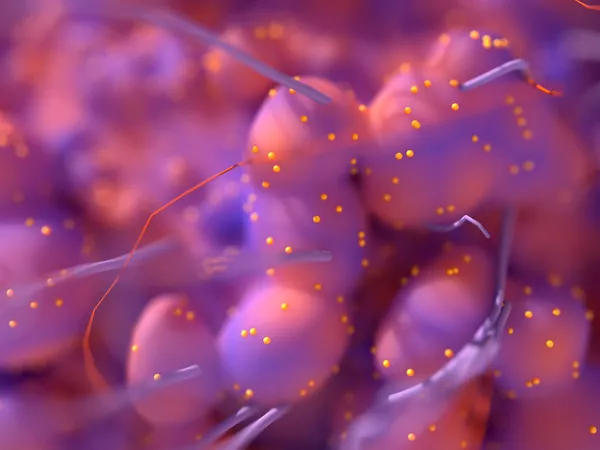EDITORIAL
Published on 23 Mar 2023
Editorial: Role of the antigen receptor in the pathogenesis of B-cell lymphoid malignancies
doi 10.3389/fonc.2023.1188375
- 507 views
9,241
Total downloads
47k
Total views and downloads
You will be redirected to our submission process.
EDITORIAL
Published on 23 Mar 2023
ORIGINAL RESEARCH
Published on 17 Mar 2023

ORIGINAL RESEARCH
Published on 12 Jul 2022

ORIGINAL RESEARCH
Published on 23 Jun 2022

REVIEW
Published on 11 Nov 2021

ORIGINAL RESEARCH
Published on 26 Oct 2021

BRIEF RESEARCH REPORT
Published on 26 Aug 2021

BRIEF RESEARCH REPORT
Published on 18 Jun 2021

ORIGINAL RESEARCH
Published on 13 May 2021

REVIEW
Published on 01 Apr 2021

